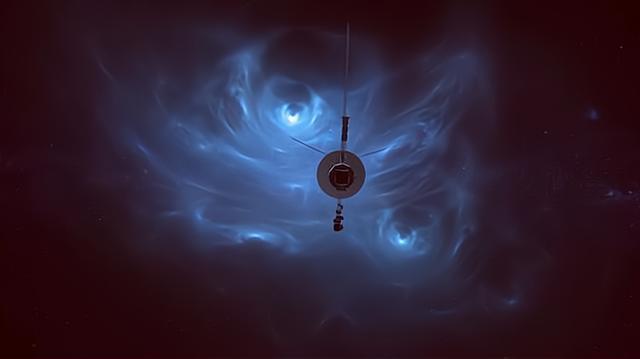The universe is so big, but man's range is so small that the furthest man has been so far is the moon, which is only 380,000 km away from earth on average. Of course, humans have also launched all kinds of probes, and if you include them, the range of human activities is much larger.
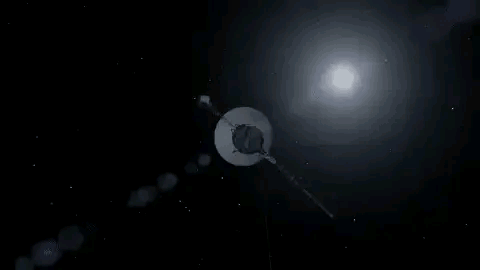
Of all the probes that have been launched, voyager 1, the furthest from earth, is certainly the most remarkable. After its launch in 1977, voyager 1 took advantage of the successive "Gravitational slingshots" Of jupiter and saturn to increase its speed considerably, and since then it has been heading deeper into the universe, and by in 2021, voyager 1 had already travelled 22.8 billion kilometres.
Even at the speed of light, it would take more than 20 hours to cover 22.8 billion kilometres, a distance that would be very far for humans to cover. Amazingly, voyager 1, 22.8 billion kilometres away, is still in contact with earth, so the question arises, how did it get the signal back to earth?
In fact, voyager 1 does not use any "Black technology" To communicate, it uses ordinary radio communication technology, which simply means that it modulates the information it needs to transmit into radio signals and then transmits these signals directly back to earth (without any repeaters).
Voyager 1 is powered by three plutonium radioisotope thermoelectric generators (i.e. "Nuclear batteries" That use the decay of plutonium radioisotopes to generate electricity), which have a total power of 420 watts.
To ensure the success of the radio signal transmission, voyager 1 was equipped with the 8 ghz frequency band, where radio interference is minimal, and a 3.7 metre diameter 'high gain antenna', which allowed the signal to be focused in one direction, thus significantly increasing the distance of the signal transmission, which was also the largest reflective surface ever built at the time. This was the largest reflective surface antenna ever built.
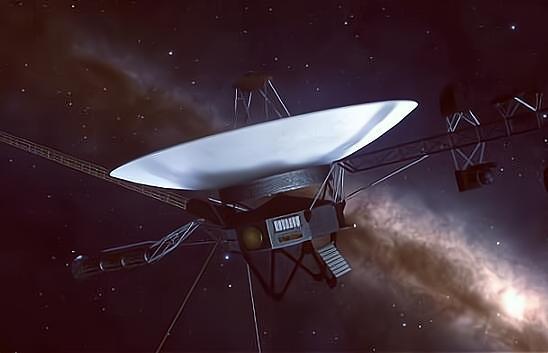
In addition, voyager 1 was equipped with the most accurate gyroscope of its time, which helped voyager 1 to correct the direction of the antenna so that it would always send signals in the direction of the earth.
Although voyager 1 used the most advanced radio communications equipment of its time, the strength of the radio signals decreased exponentially with distance, and to this day, by the time the signals from voyager 1 reach earth, their power is as low as 10^-22 watts (or one trillionth of a billionth of a billionth of a watt).
"To pick up very weak signals, it is necessary to have antennas with a large enough diameter, and if one is not enough, we can build many of them to use in combination", and based on this thinking, nasa started building the deep space network in the 1960s.
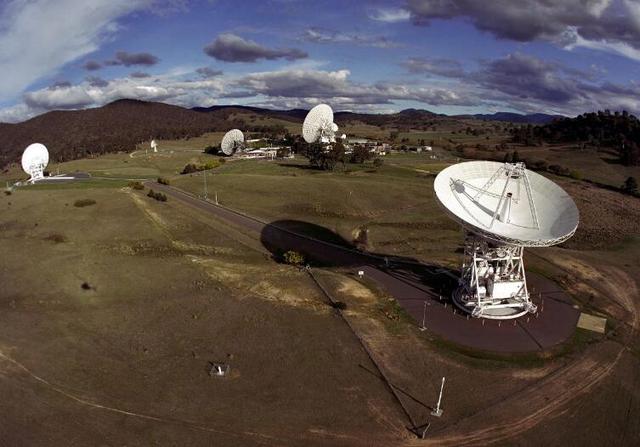
The deep space network is actually a large number of antennas, which are extremely sensitive and "Big", the largest of which can reach 70 metres, and scientists have combined them to form a very powerful radio communication system. Receive its signals back to earth.
The system is currently divided into three stations: The goldstone deep space station, the madrid deep space station and the canberra deep space station.
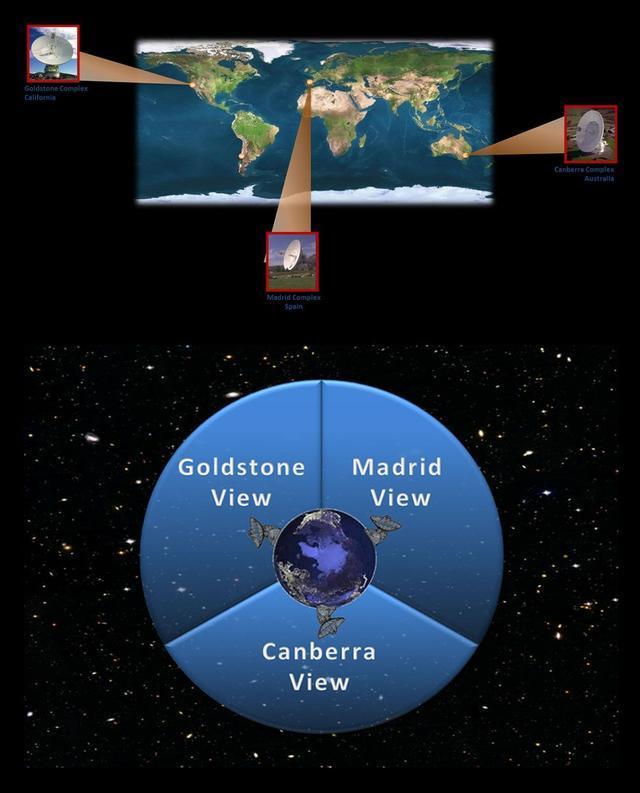
As shown above, these three stations are located at 120 degrees (longitude) from the earth's surface, thus avoiding the "Communication blind spot" Caused by the earth's rotation and allowing 24/7 communication with probes in deep space.
In recent decades, scientists have been using new technologies to improve the long-range communication capabilities of deep space networks, such as holographic alignment techniques to improve the accuracy of focused signals, new materials to increase the diameter of antennas, more sophisticated panels to improve accuracy, or simply replacing old antennas with more advanced ones.
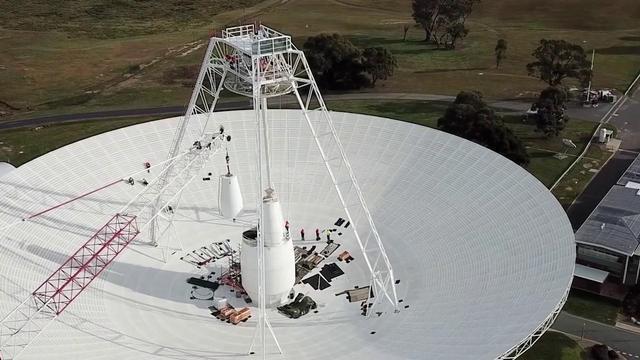
Nevertheless, it is unlikely that the deep space network will always be in contact with voyager 1, and it is entirely possible to assume that as the distance increases, voyager 1's signal back to earth will become weaker and weaker, until it eventually disappears into the background noise of the universe.
On the other hand, after 44 years of flight, voyager 1's "Nuclear batteries" Will not last much longer, and scientists estimate that voyager 1 will run out of energy by 2025, after which it will be completely disconnected from earth and will be left to drift alone in the cosmic void.


